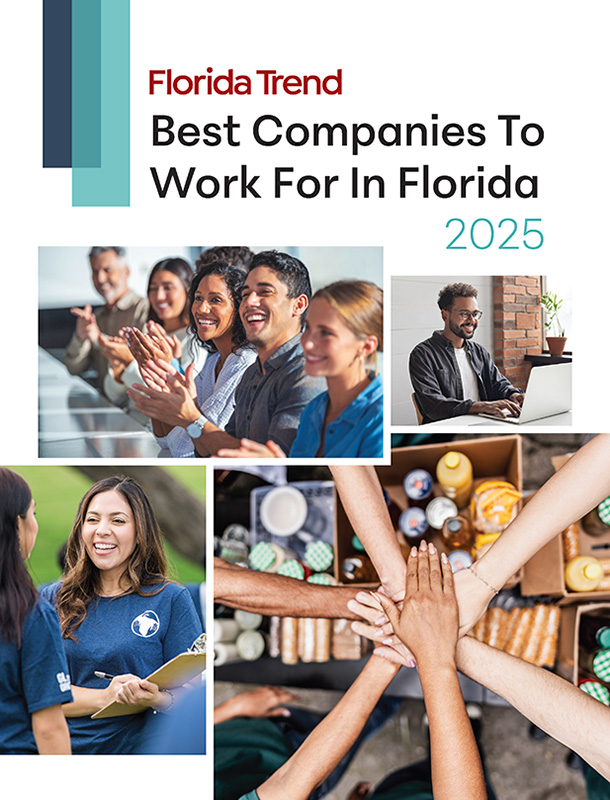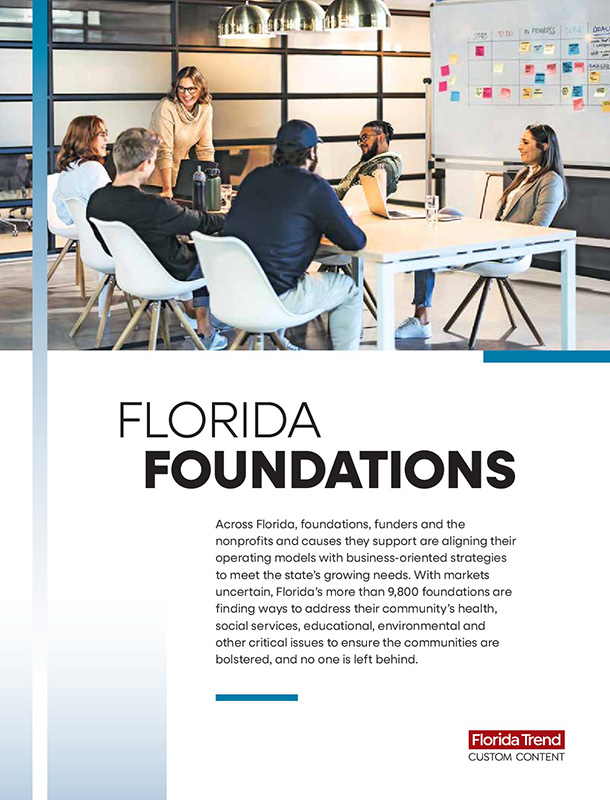The trend began to reveal itself about five years ago — in centrifuges and under microscopes — at the University of Florida’s Forensic Toxicology Laboratory. Each year, the lab assists seven Florida medical examiners’ offices with about 3,000 cases, helping to identify toxic substances in bodies as medical examiners perform autopsies.
 Increased business at rehab centers ... ‘ski’-related personal ads ... a big spike in death rates ... cocaine’s back. [Photo: Jeffrey Camp] |
| EXTRA When Occasional Cocaine Use Becomes Serious Read about one man's struggle. |
The new users, it seems, prefer to snort it rather than smoke it. “Crack users probably are in the minority of what we’re seeing. We are seeing a lot of patients with powdered cocaine use,” says Jerry Rudd, business development and community relations director for the Advanced Recovery Center in Delray Beach.
Consistent with a preference for powdered cocaine, the new users — and victims — tend to be college students and young, affluent professionals. Death certificates of cocaine users don’t disclose income levels. But another UF researcher, Mark Gold, chief of the division of addiction medicine at UF’s McKnight Brain Institute, found that the geographic regions marked by the biggest increases in cocaine-related death rates include college towns like Gainesville and Tallahassee and wealthy enclaves like Sarasota, Naples and Melbourne.
Cocaine Price/Death Relationship |
||
| Year |
Price per gram | Florida deaths |
| 2000 |
$151 | 1,034 |
| 2001 |
111 | 1,105 |
| 2002 |
96 | 1,307 |
| 2003 |
82 | 1,614 |
| 2004 |
93 | 1,702 |
| 2005 |
107 | 1,943 |
| 2006 |
93 | 2,052 |
| 2007 | 119 | N/A |
| Sources: Medical Examiner’s Commission, U.N. World Drug Report, Drug Enforcement Administration | ||
South Florida also remains a hotbed of cocaine use. These days, the “Casual Encounters” ads on the Craigslist website in Miami are full of solicitations like the one posted by a 30-year-old man from South Beach looking for a “sexy female to join me for some skiing.” Elsewhere, a 33-year-old man says he’s looking for “snow bunnies” to “help me finish this slope.” Other postings make it more obvious that the writers, in addition to looking for sex, are seeking to share cocaine. “Anyone know a good, safe ski delivery?” asks a 27-year-old Boca Raton man.
What’s attracting the new users? Low prices, for one. Between 2001 and 2006, the price of a gram of cocaine averaged about 30% less than it was in 2000. A late-2007 jump in the price to around $120 — attributed to a crackdown by Mexico on several cartels that disrupted supply — still left the price substantially less than its peak in the early 1980s, when a gram of pure cocaine cost as much as $600.
 Dr. Bruce Goldberger, who runs UF’s Forensic Toxicology Laboratory, noted that cocaine-related deaths spiked from 1,034 in 2000 to 2,052 in 2006. [Photo: Jeffrey Camp] |
Experts also say the new users don’t know what the previous generation learned about cocaine’s dangers. In the minds of many, powder cocaine simply doesn’t carry the same stigma as crack cocaine, and some mistakenly believe it is somehow safer. Some college-age women are turning to the drug for weight control, says Dr. Scott Teitelbaum, a University of Florida professor and medical director of the Florida Recovery Center. Meanwhile, cocaine-abusing celebrities like model Kate Moss and singer Amy Winehouse contribute to the drug’s glamorous image. “Those are dangerous role models for our youth,” says Bill Janes, Gov. Charlie Crist’s drug adviser.
Richard W. Perry Jr. was a 19-year-old sophomore at Valencia Community College in Orlando when he returned home to Tequesta in North Palm Beach County in 2000 and admitted to his parents that he was a drug addict. “He told me he had a problem and he wanted to quit school because of it. He was fiending for cocaine. We were shocked. We were absolutely shocked,” recalls Karen Perry, Richard’s mother.
Richard Perry left school, and his parents got him into treatment. He spent some time working for his father’s security company while going through outpatient therapy and returned to Valencia in May 2002. Somewhere along the line, his mother says, he relapsed. In June 2003, police officers showed up at Perry’s home in Tequesta with the news that their 21-year-old son had been found dead in his apartment. An autopsy determined that Perry had consumed a lethal combination of cocaine, heroin, prescription drugs and alcohol.
 In 2000, Karen Perry’s son, Richard, admitted he was a drug addict. He underwent treatment but died three years later of an overdose of cocaine and other illegal and legal drugs while away at college. [Photo: Matt Dean] |
Even as the death rates climb, cocaine’s full toll may not show up for years. Gold, one of the country’s leading experts on addiction medicine, says the death figures underestimate the true extent of cocaine use in the state because the damage that the drug inflicts on the body of a chronic user can take years to reveal itself. Cocaine use leads to cardiovascular disease. So while people who use cocaine in their 20s might not experience dire health consequences now, Gold says, they may suffer from strokes, brain bleeds and fatal arrhythmias as they reach their 40s and 50s.
“If you take an overdose of heroin or prescription narcotic, you typically would come to an emergency room and your death due to that drug would occur within a short period of time,” he says. “For cocaine deaths, the deaths could occur many years after.”
Cocaine Stats
- 10,757 ...
Number of Floridians from 2000 through 2006 who have died with cocaine in their systems, often in combination with other substances, including prescription painkillers. - 1,008 ...
Number of Florida residents who died during the first six months of 2007 after ingesting cocaine, which caused more deaths than any other single substance. - 73% ...
Percentage of cocaine users who smoked the drug in 2005, down from 79% in 1995. - 22% ...
Percentage of cocaine users who inhaled — or snorted — the drug in 2005, up from 14% in 1995.
Source: U.S. Department of Health and Human Services’ Substance Abuse and Mental Health Services Administration












